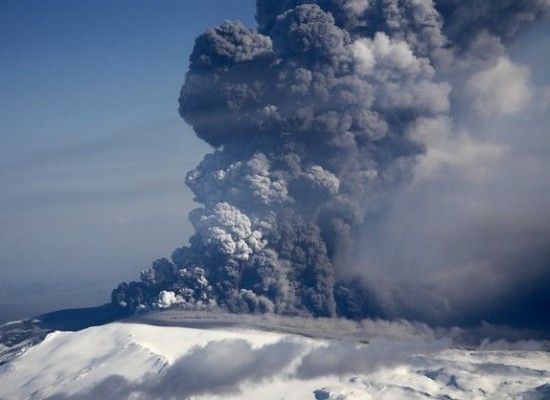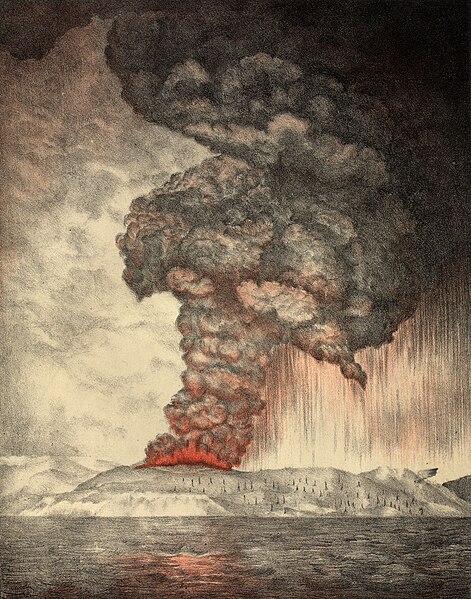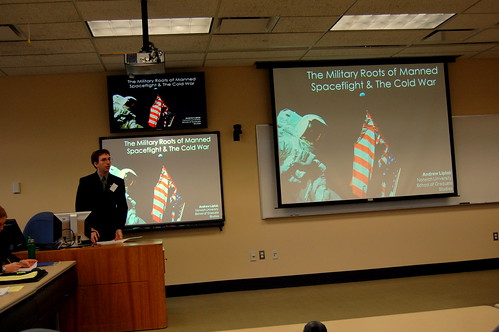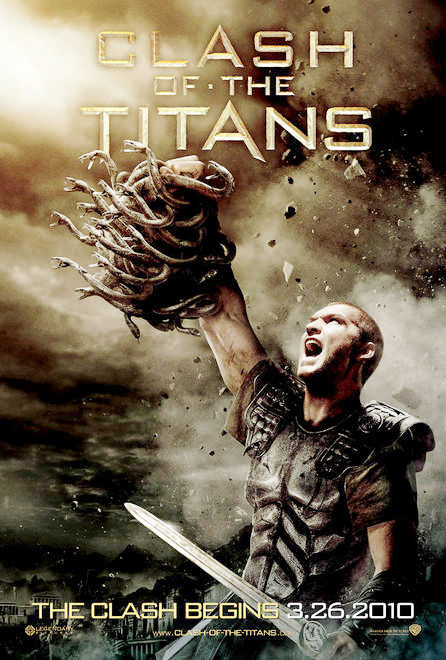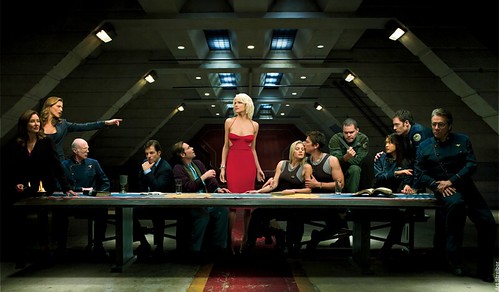Vermont is a Border State Too
/The state of Vermont resides between New York to the West, and New Hampshire to the East, with Massachusetts to the South and Canada lying along its northern border. Often, I forget that Vermont is just one state that borders a foreign country, save for the occasional trip to Montreal every year or two, or an irregular security check point set up along I-91 that runs the length of the state. Quite simply, immigration and issues with the border rarely become an issue here. The recent events that have transpired in Arizona brings an acute reminder that other states have problems with their borders, with illegal immigrants coming across the border and all of the issues that comes along with an influx of foreign individuals. While I am largely horrified by the law that has just been passed in the state, I am forced to see, understand and accept the reasons for which it was implemented.
Arizona and a number of the states that border Mexico have legitimate issues with illegal immigration. I've always felt that the United States should have the right to determine who enters the country, and with a porous border, there will always be a level of uncertainty as to who, and what is moving across the border. This transcends race and nationality as an issue, and relates directly to national security issues. This event demonstrates the level of frustration that a state has with the lack of responsibility and action that the federal government has taken when it comes to securing the border, taking actions into their own hands. In all likelihood, the state's right to supersede the federal government's will be slapped down by the courts, which makes me wonder if a law such as this is just something designed to get a lot of attention to a particular issue.
The issues here is that given the demographics of the region, with a wide mix of legal and illegal immigrants as well as naturalized and natural-born citizens, determining who is supposed to be in the country is difficult, and the state has granted unprecedented powers to detain and deport people without papers. In all likelihood, the massive amounts of national attention on the law will be sufficient to hold the police and other state officials in Arizona in line. The first person who is wrongly accused, detained and deported will cause further public relations and legal issues for governmental officials. What scares me is not so much the law, but the potential for its abuse by state officials, and for local citizens, who can prompt action from their local police forces. A collective effort to govern is not necessarily the best method of government, but collective action to enforce potential laws seems worse. The argument that people should trust their police is something that I have a very hard time accepting.
The solution won't rely on the enforcement and vilification of the illegal immigrants by deporting them. The reasons for the problem in the first place need to be dealt with at the source - on both sides of the border. Vermont has not enacted this law for very good reasons: we don't have the problem with immigration that the southern states seem to. My one encounter with a random Border Patrol team is a unique event, and if the problem was worse, I'm sure that I would see a heightened presence from them. But, Canada is a fairly stable country, with a large scale economy, and with a population that isn't desperate for a new life here in the United States. Issues across the border become our issues, and any plan that Congress will most likely soon be looking into should include ways to help Mexico mobilize its own economy and work on retaining their workers, while working out our own policies towards immigration in this country.
I don't see immigration as a bad thing for the country. After all, we all have our roots as newcomers here to the country, but more importantly, new people, diversity and change to our demographic makeup gives the country a unique perspective, with numerous viewpoints, ways to approach issues and to look at the world. We're stronger for it, and I hope that Arizona's law, and crucially, its mindset leading up to it, will never come to the Green Mountain State.



